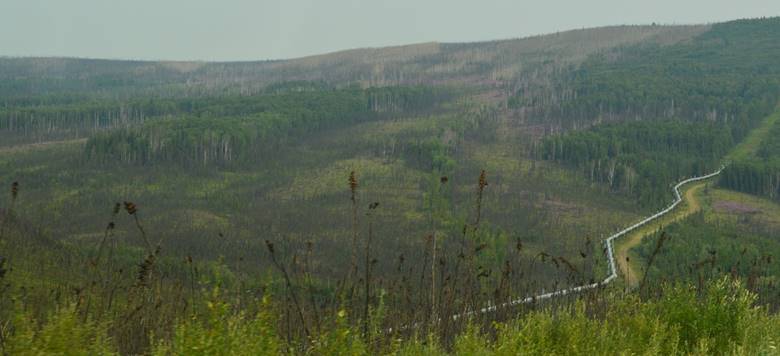That was one of our clients when I worked with Pete, Marwick, Mitchell in Seattle in the early seventies. It was called the Alyeska Pipeline then, and they hadn’t started building it yet.
Judy and I learned a little more about the pipeline while we were in Alaska. We visited the northernmost point of it briefly at Prudhoe Bay, and we got a good view of it from the air, as we flew from Anchorage to Prudhoe Bay, then to Barrow. We drove alongside the pipeline for much of our drive from Fairbanks to the Arctic Circle one day. The pipeline goes above ground and below ground, depending on the local soil and permafrost conditions. It is heated or cooled, depending on requirements, and zig-zagged for stability in earthquake zones. The southern end of the pipeline is in Valdez the most northerly ice-free port in America. That’s where the oil is loaded onto tankers, and home of the infamous 1989 Exxon Valdez catastrophe. There has been a general environmental recovery around Valdez since then, but there are still pockets of contaminated uninhabitable coves along the shoreline all these years later.
The pipeline was completed in 1977. It was designed to last 35 years. It’s now been in service for 43 years and they’re not through with it yet. Even though flow is way down from its peak in the late 80s; it’s about a quarter of that now; they’re still finding and pumping oil on the North Slope and just got an additional 30-year lease for the pipeline route from the Interior Department. 30 more years, 70 total, on a system designed to last 35? That’s impressive that they could make the pipeline last so much longer than originally designed and scary that they could make the pipeline last so much longer than originally designed.



No comments:
Post a Comment